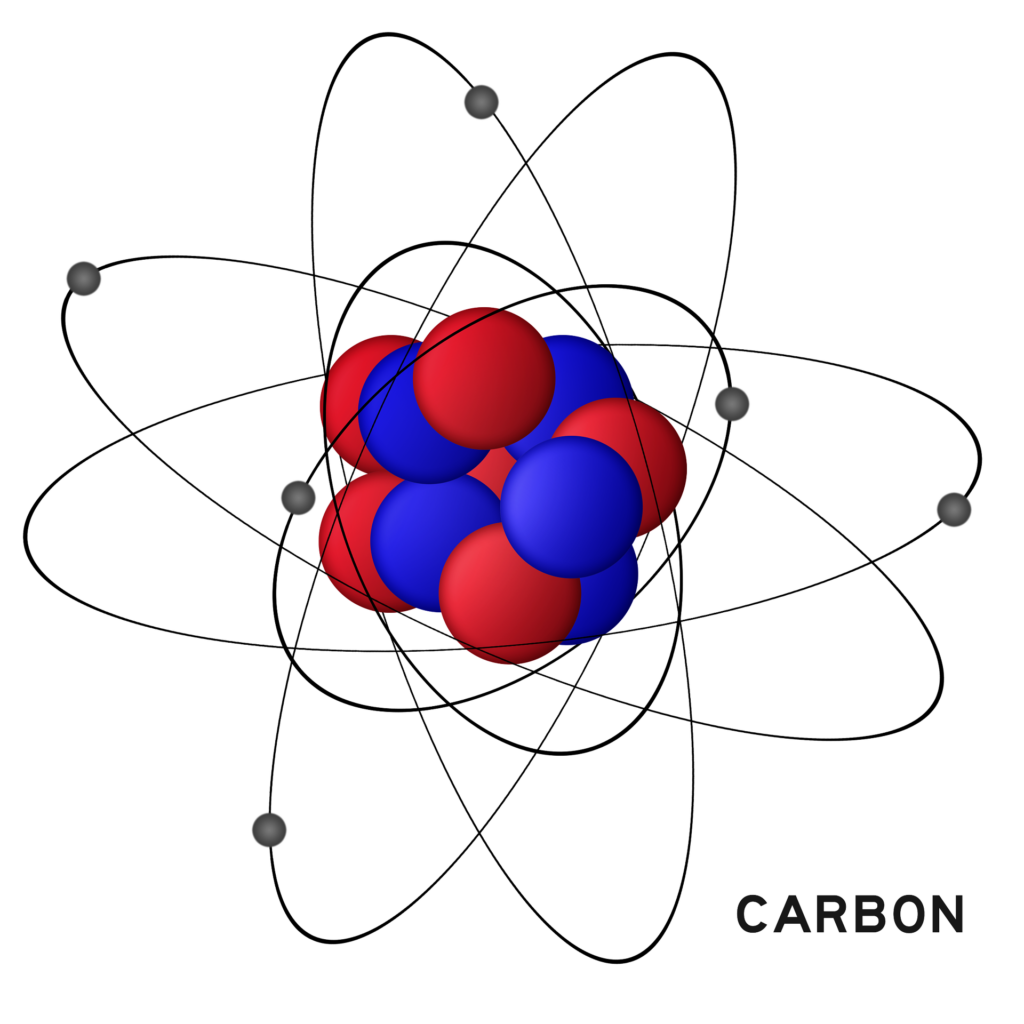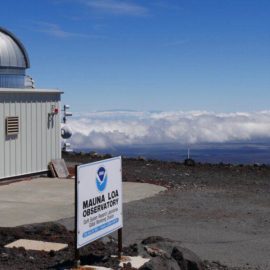
Carbon is everywhere and last year we set a record of the amount in the atmosphere. Not a record to be proud of.
Because of human activity, there is more carbon dioxide in the atmosphere than at any time in the past 4 million years. We have increased the concentration of that heat-trapping gas by a full 50 percent since the Industrial Revolution. And last year’s carbon emissions of 36.3 billion tons set a new record. There’s your status report on the battle against climate change: By any scientific measurement, we’re losing. Yet we have to find a way to snatch an acceptable victory from the closing jaws of defeat, because the consequences of runaway climate change are no longer theoretical. Yellowstone National Park is closed, following unprecedented torrential rainfall that washed out roads and perhaps permanently altered the landscape. Western states are suffering through a mega-drought that has made the nation’s biggest reservoirs look like drained bathtubs; water rationing is inevitable. Around the world, deadly summer heat waves have arrived early, in the spring. Sea-level rise is evident in video clips of beachside homes crumbling into the surf.
Washingtonpost.com
We are late to the game and need to find a way to fight climate change and carbon emissions. Every day we do nothing the problem gets worse.
It is already too late to avoid long-term consequences from climate change. The carbon we have pumped into the atmosphere will be there for centuries. But we can — we must — stop making the problem worse and mitigate what damage we can. The punishing impacts we are seeing now are minor compared to the horrors that will face future generations, who will curse us for foreseeing disaster yet refusing to prevent it. “We should have started taking action decades ago. That’s the best time,” James Hansen, one of the world’s leading climate experts and the former head of NASA’s Goddard Institute for Space Studies, told me last week. “The second-best time is now.” Hansen is among a group of scientists who are trying a novel approach to force our government to act more boldly. On Thursday, they filed an official petition with the Environmental Protection Agency seeking to require the EPA to regulate carbon under existing legislation, the Toxic Substances Control Act. By law, the EPA has 90 days to respond with a determination as to whether carbon dioxide, methane and other heat-trapping gases pose “an unreasonable risk of injury to health or the environment” under the Toxic Substances Control Act, which was signed into law in 1976 and updated in 2016.
We have used this process before with good results.
It is the law that was used, for example, to ban chemicals known as chlorofluorocarbons, or CFCs, whose widespread use was damaging the ozone layer of the atmosphere, which protects the earth from damaging ultraviolet radiation. Since CFCs were curtailed, the ozone layer has begun to heal itself. Hansen’s fellow petitioners are Donn J. Viviani, a retired 35-year veteran EPA scientist (whom I have known for years); Lise Van Susteren, a psychiatrist and professor at George Washington University; John Birks, an emeritus professor of atmospheric chemistry at the University of Colorado; and Richard Heede, co-founder of the Climate Accountability Institute. Deciding that carbon dioxide is a toxic substance as defined by law would only be a first step. The EPA would have to formulate and implement rules that could, for example, impose a fee on carbon emissions — and also require companies to remove carbon from the atmosphere they have already expelled.
The problem is politics. Most are ready to do something but others say nothing is wrong.
Using existing law and agreed-upon science is a clever strategy. But the major impediments to addressing climate change have always been political. The fossil-fuel industry would use its vast stores of money and influence to fight EPA regulation of carbon. The Biden administration might well balk at the idea of taking any such action at a time when world energy markets are in turmoil and U.S. consumers are paying about $5 a gallon for gasoline. The conservative majority on the Supreme Court might be skeptical, if not scornful, of the idea that such sweeping change could be mandated by executive branch rulemaking. But it’s all there in black and white in the Toxic Substances Control Act, which passed and was amended with bipartisan support. Textualists will have to tie themselves in knots to explain why the law’s words don’t mean what they clearly say.
Some ask why are we concerned as other countries emit more.
You might ask what difference this or any other dramatic action to curb U.S. emissions would make, given that our country is responsible only for about 13 percent of global carbon emissions. China emits about twice as much and is by far the world’s biggest carbon polluter. “U.S. action is a necessary condition” for effective international action, Viviani said. As the world’s greatest economic power, we are responsible for more of the accumulated extra carbon presently in the atmosphere than any other nation. We led the way into this mess. We need to lead the way out.
As I read this I have to agree. This is an innovative idea that should be tried.



